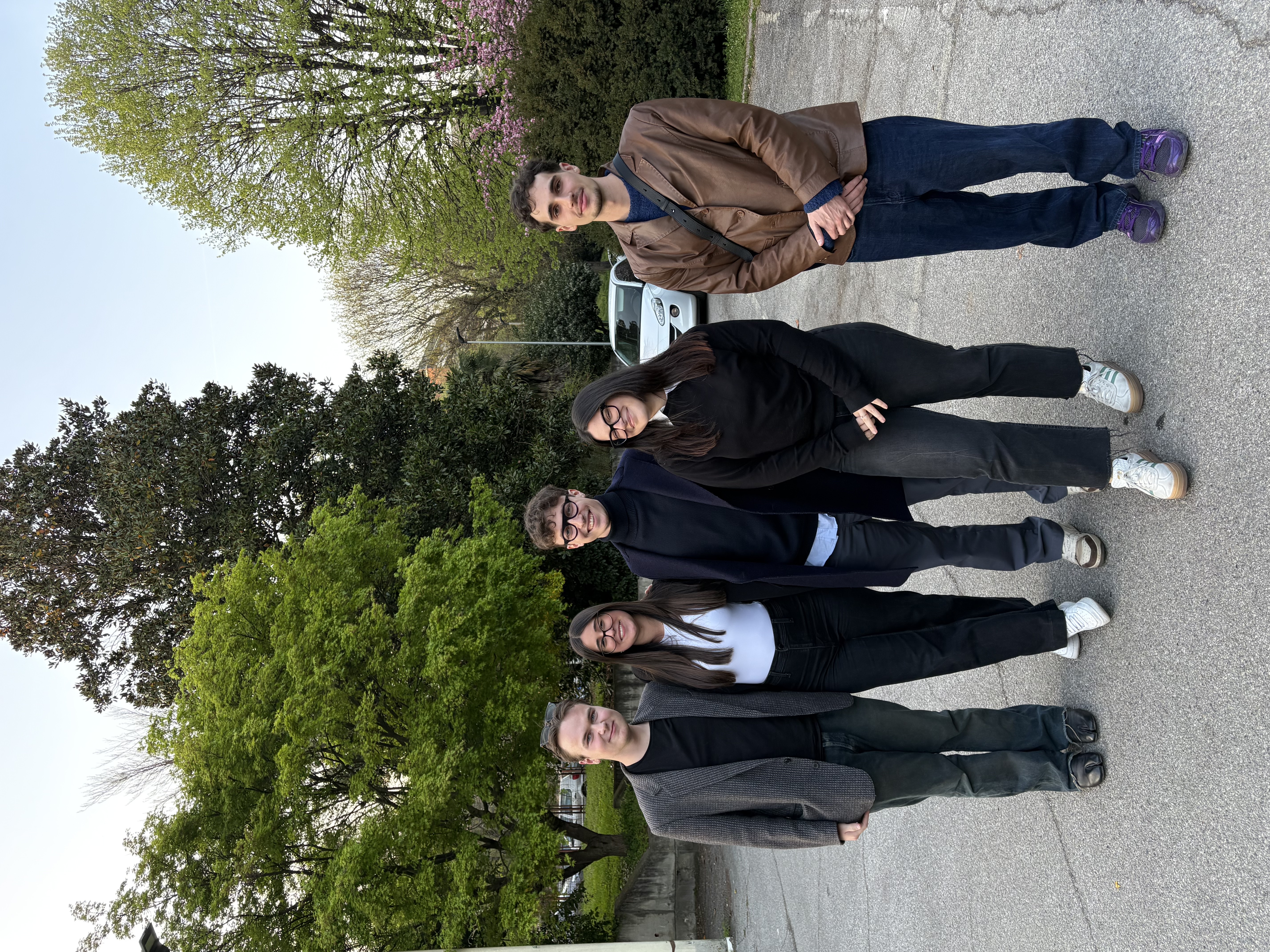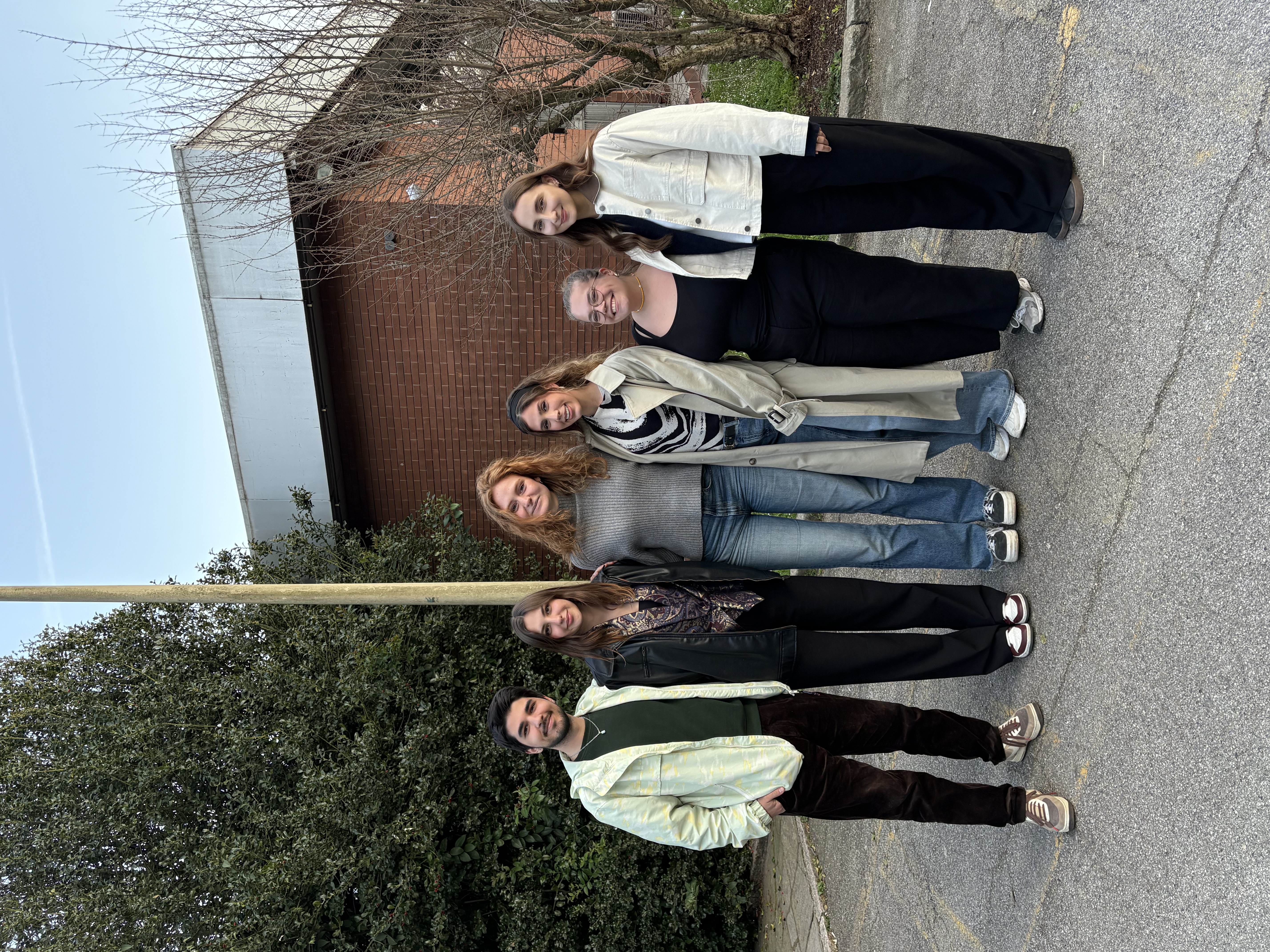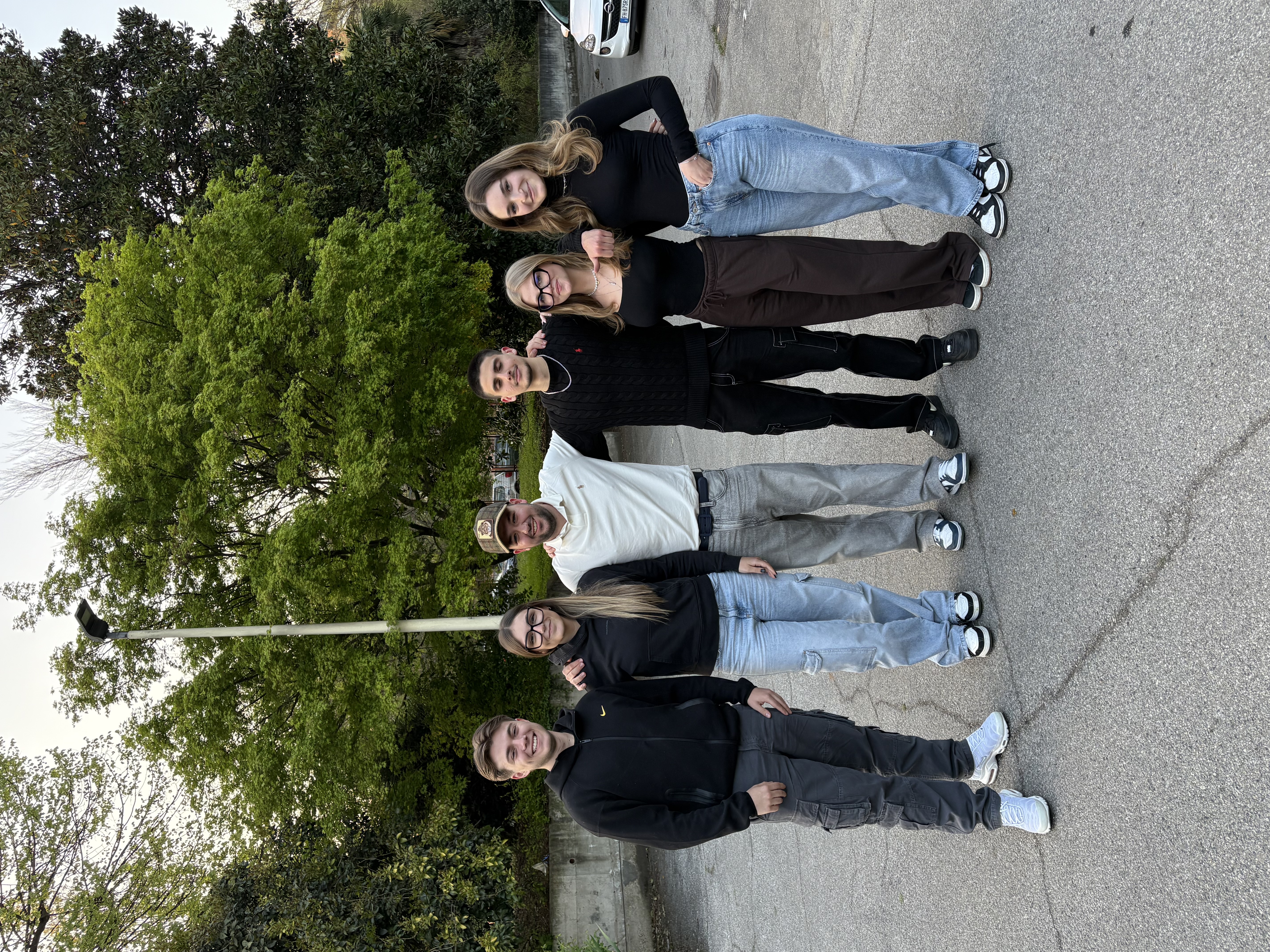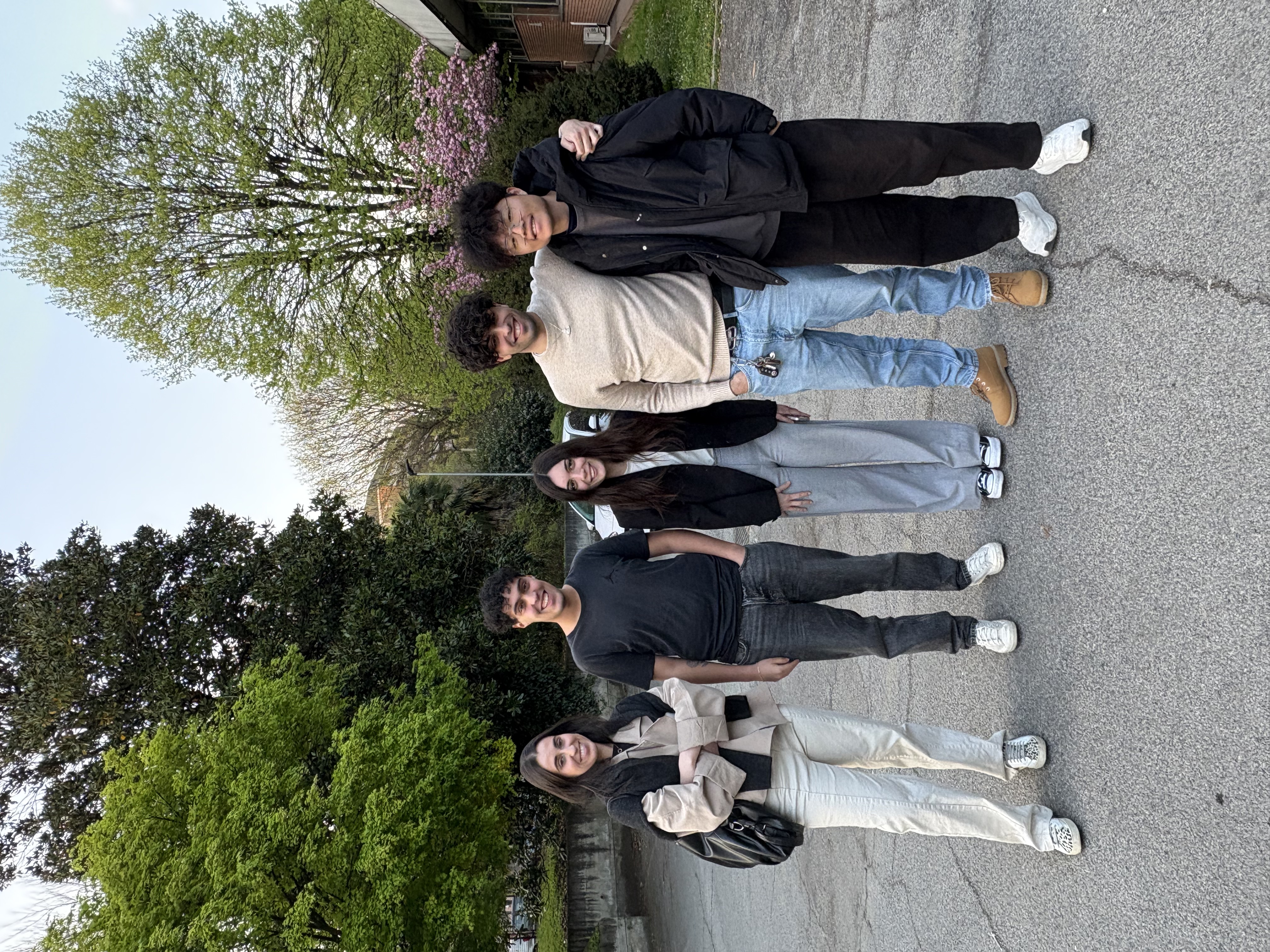Sustainable Tourism and Environmental Research: International Students Present Project Work on Mountain Huts Across Europe
Submitted by rbeltram on Thu, 10/04/2025 - 10:34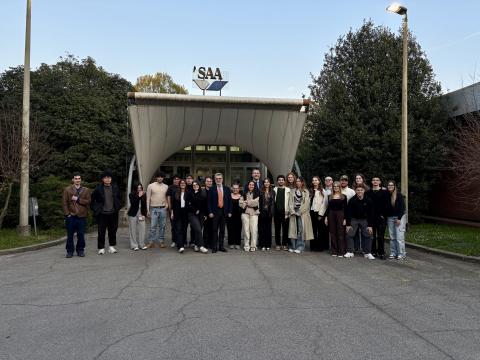
On April 8th, 2025, international students enrolled in the course Tourism Eco-Management (academic year 2024–2025), taught by Professor Riccardo Beltramo at the School of Business Administration, presented the outcomes of their final group projects. These projects explored the critical intersection between overtourism and climate change in alpine regions, focusing specifically on the role and sustainability of mountain huts in four different protected areas across Europe.
The presentation of the project works took place in the presence of Professors Filippo Monge and Giovanni Peira, and Dr. Cristina Ragionieri, Head of International Relations of the SAA.
The course invited students to reflect on current environmental challenges affecting mountain ecosystems, analyzing them through the lens of sustainable tourism, stakeholder involvement, and climate resilience. Participants worked in multinational groups, each assigned to a different alpine region outside Italy, with the shared objective of evaluating tourism pressure, climate-related impacts, and adaptive strategies in specific mountain shelters.
Throughout the semester, students combined desk research, remote interviews, online surveys, and field data analysis, culminating in a written report, a visual presentation, and an oral examination. Their collaborative effort provided insightful contributions on how tourism infrastructures operate and adapt under increasing environmental and socio-economic pressure.
Abisko National Park (Sweden)
Located north of the Arctic Circle, Abisko offers pristine natural beauty and a fragile subarctic environment. The group highlighted:
- Gradual increases in tourism, driven by online exposure (e.g. the Northern Lights and the Kungsleden trail).
- Mountain huts are well-integrated with the landscape and often run by STF or local businesses.
- Climate-related concerns include thawing permafrost and unpredictable snow patterns.
- Overtourism is not yet critical, but trail erosion and capacity management are emerging themes.
Student Group:
- Alessia Contento
- Letizia Cardillo Piccolino
- Andrea Ciriotti
- Viljami Pelkonen
- Paul Gerry
- Abdi Anfal
Zugspitze Region (Germany)
Germany’s highest peak is a powerful magnet for both summer and winter tourism. Students investigated five huts and found:
- A complex network of stakeholders, including alpine clubs, municipalities, and researchers.
- Over 4,000 daily visitors during the high season, causing congestion on trails and cable cars.
- Glacial retreat and permafrost degradation are well-documented, with public protests and media coverage addressing overtourism.
- Sustainable responses include solar-powered facilities, visitor caps, educational signage, and digital trail management.
Student Group:
- Silja Herterich
- Joanna Latka
- Irem Oyma
- Fatma Dogan
- Bora Canik
- Lisa Vrensen
Sierra Nevada (Spain)
This Andalusian mountain range is both a biosphere reserve and a ski destination. Five refuges were analyzed, with notable findings:
- Declining snow cover is shortening the ski season and threatening water reserves.
- Refuges are adopting renewable energy sources, biomass heating, and visitor education.
- Overcrowding, waste accumulation, and infrastructure overload are key issues.
- The group proposed eight actionable strategies, including off-season tourism, eco-certifications, community-based tourism, and mobility reform.
Student Group:
- Marcus Cirneanu
- Letizia Bergamo
- Maria Cristina Gavazza
- Fabiola Perazzi
- Filippo Quaglia
- Riccardo Roccamena
The Pyrenees (Spain/France)
Rich in biodiversity and cultural heritage, the Pyrenees face unique challenges. The student team:
- Collected primary data via a Spanish-language survey sent to mountain huts.
- Received insightful responses from Refugio de Góriz and Refugio de Bujaruelo.
- Both respondents confirmed the presence of overtourism, overbooking, and seasonal imbalance.
- Sustainability practices are present but uneven; huts expressed a desire for clearer policy guidance and greater support.
Student Group:
- Lorenzo Valsania
- Samuele Clemeno
- Francesca Giordano
- Maddi Sarobe Herrera
- Chang Yuchun
Through these diverse case studies, the project highlighted the vital role of mountain huts not only as physical shelters but as active agents in sustainable tourism, capable of promoting education, local culture, and environmental stewardship.
Professor Beltramo, who followed the student work throughout the semester and remotely during his academic mission to the University of Arizona (Drone Day 2025), emphasized the value of “research-based learning” in building environmental awareness and cross-cultural competencies.
“Our students demonstrated not only analytical rigour but a genuine concern for the future of mountain ecosystems. Their insights are a call to action for sustainable tourism policies that are both locally rooted and globally informed.”
This academic exercise represents a meaningful example of applied, interdisciplinary learning that connects environmental science, tourism management, and global citizenship.
